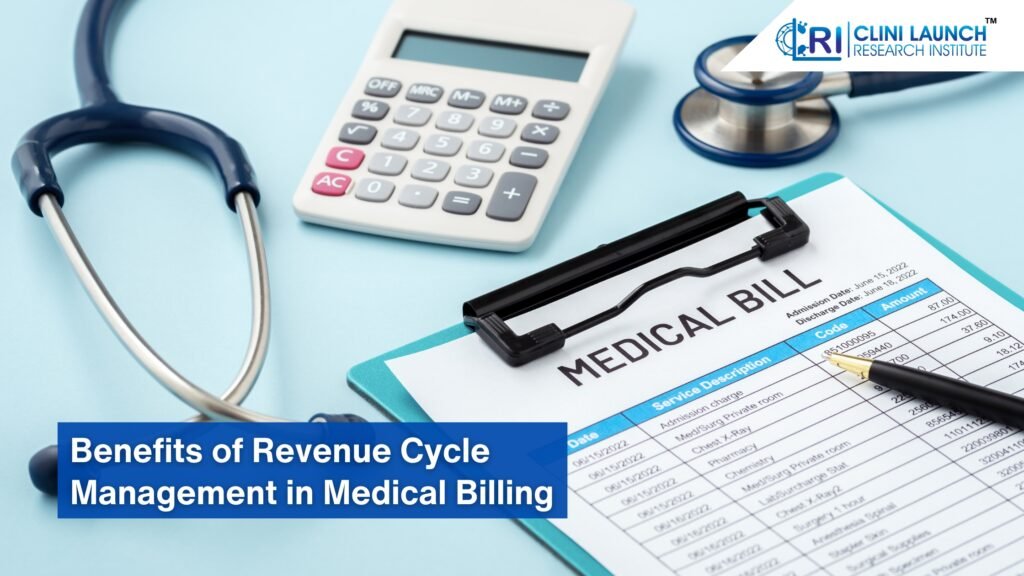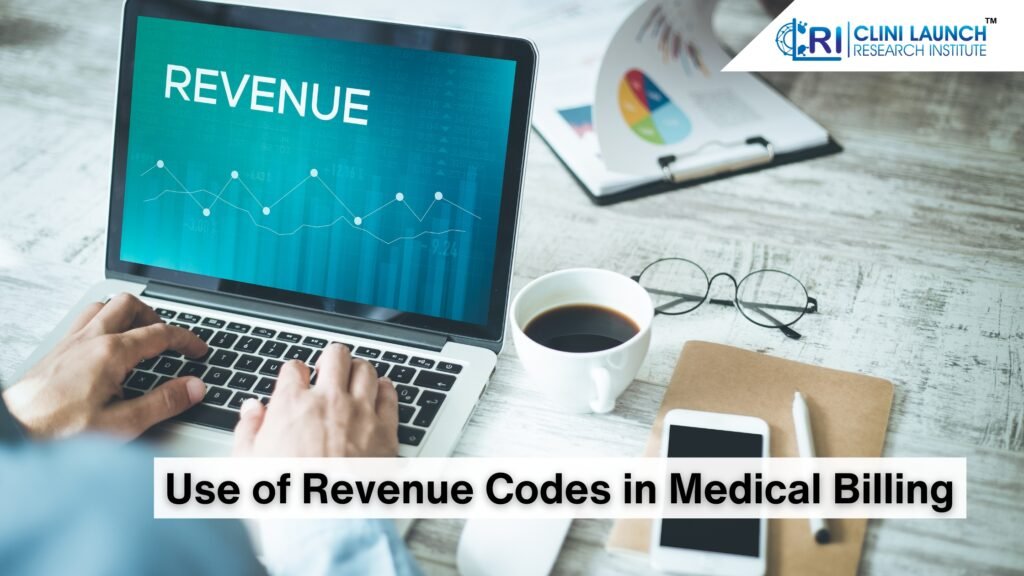Best Clinical Research Institute
Strategic Partnership to Embed Enterprise-grade Skills in Healthcare Education
Content Marketer | Content Writer | Ex-Academic Research Associate
If you work in the healthcare industry, you know how complex and confusing medical billing can be. You have to deal with various codes, such as ICD, CPT, HCPCS, and revenue codes, that describe the services and items provided to patients. In this blog post, we will focus on revenue codes in medical billing and explain what they are, why they are important, and how to use them correctly.
Revenue Codes in Medical Billing
Revenue codes are 4-digit numbers used on hospital bills to indicate to insurers the type or location of the service or item the patient received. Revenue codes are mandatory for hospital billing and are paired with procedure codes. Revenue codes can help insurers determine the medical necessity and payment of claims.
Revenue codes have a standard list updated periodically by the National Uniform Billing Committee (NUBC). The first digit of the revenue codes in medical billing represents the category of service or item, such as a room and board, laboratory, pharmacy, etc. The last three digits represent the subcategory or specific details of the service or item, such as private room, blood tests, antibiotics, etc.
For example, revenue code 0120 means room and board semi-private (two beds) general. Revenue code 0250 means pharmacy general. Revenue code 0761 means treatment or observation room.
To learn Medical Coding and Billing. Click here.
Revenue Cycle Management in Medical Billing

RCM (revenue cycle management) is specifically known for organizing and avoiding insurance denials while reducing patient payments with billing information. The main goal of RCM in medical billing is collective reimbursement for patient services payment rendered. It also helps medical practices reduce insurance denials, improve cash flow, and decrease bad debt write-offs (which means more profit). The revenue cycle management in medical billing involves various steps such as patient registration, insurance verification, charge capture, coding, claim submission, payment posting, statement processing, payment collections, and claim denials. It is crucial for maintaining the financial health of a medical organization.
Some of the benefits of revenue cycle management are:
- It streamlines financial workflows and simplifies medical billing processes.
- It enables you to track and analyze financial metrics to maximize profits.
- It helps you communicate with healthcare insurance companies and verify patients’ benefits.
- It reduces errors and rework in claims processing and billing.
- It improves patient satisfaction and loyalty by providing transparent and accurate bills.
You learned the revenue cycle management process, specifically regarding medical billing and its benefits. Now, we will discuss why revenue codes are important for medical billing.
Consider the role and responsibilities of Medical Coders. Click Here.
Why Are Revenue Codes in Medical Billing Important?
Revenue codes in medical billing are important for multiple reasons. These three reasons will help you understand why the revenue codes for medical billing are important and the positive effects of medical technology given below:
- Firstly, revenue codes provide additional information about the service or item not captured by the procedure code alone. For example, a procedure code may indicate that a patient received an X-ray but does not specify where it was performed. A revenue code can indicate whether the X-ray was done in the emergency room, radiology department, outpatient clinic, etc.
- Second, revenue codes help health insurers verify the accuracy and appropriateness of the charges. For example, if a patient received an X-ray in the emergency room, but the bill shows a revenue code for the radiology department, this may raise a red flag for potential billing errors or fraud.
- Third, medical billing revenue codes help insurers calculate the payment rates for different services or items. For example, some insurers may pay different rates for the same service or item depending on where it was provided. A service or item in an intensive care unit may have a higher payment rate than one in a regular ward.
To learn Medical Coding and Billing. Click here.
How to Use Revenue Codes in Medical Billing Correctly?

You must follow some basic rules and guidelines to use revenue codes correctly. Here are some tips based on how to’s to help you with medical billing:
- Always use a valid revenue code that matches the service or item provided to the patient. You can find the current list of revenue codes on the NUBC website or consult your payer’s policies.
- Always pair a revenue code with a procedure code that describes what was done to or for the patient. Do not use a revenue code alone or with an invalid procedure code.
- Use a separate line for each revenue and procedure code combination on your bill. Do not combine different services or items under one revenue or procedure code.
- Always use modifiers when applicable to provide more details about the service or item. For example, you can use modifier-50 to indicate bilateral procedures or modifier -59 to indicate specific procedural services.
- Always check your payer’s requirements and preferences for using revenue codes. Some payers may have specific rules or limitations for certain revenue codes or categories.
The Impact of Modern Technology on Revenue Codes in Medical Billing

Modern technology has a significant impact on revenue codes in medical billing. The main question here is, the impact of technology in healthcare. So, there are some of the possible impacts of modern technology on medical billing are given below:
- Technology can help automate assigning and verifying revenue codes based on the service or item provided to the patient, reducing human errors and improving efficiency.
- Technology can help track and update the changes in revenue codes as per the NUBC standards, ensuring compliance and accuracy.
- Technology can help analyze and optimize revenue codes to maximize reimbursement and minimize denials from insurers.
- Technology can provide more transparency and visibility into the revenue cycle performance and identify areas for improvement or potential risks.
Conclusion
Medical billing revenue codes are complex processes that require attention to detail and accuracy. Revenue codes are essential elements of hospital billing that indicate the type or location of the service or item the patient received. Revenue codes help insurers verify the medical necessity and payment of claims. Revenue codes must be paired with procedure codes and follow the standard list updated by the NUBC (National Uniform Billing Committee).
Revenue cycle management in medical billing is a process that helps medical practices track and organize claims billing information and collect reimbursement for patient services rendered. Medical practices can improve their financial performance and patient satisfaction by correctly using revenue codes and revenue cycle management.
To learn Medical Coding and Billing. Click here.
